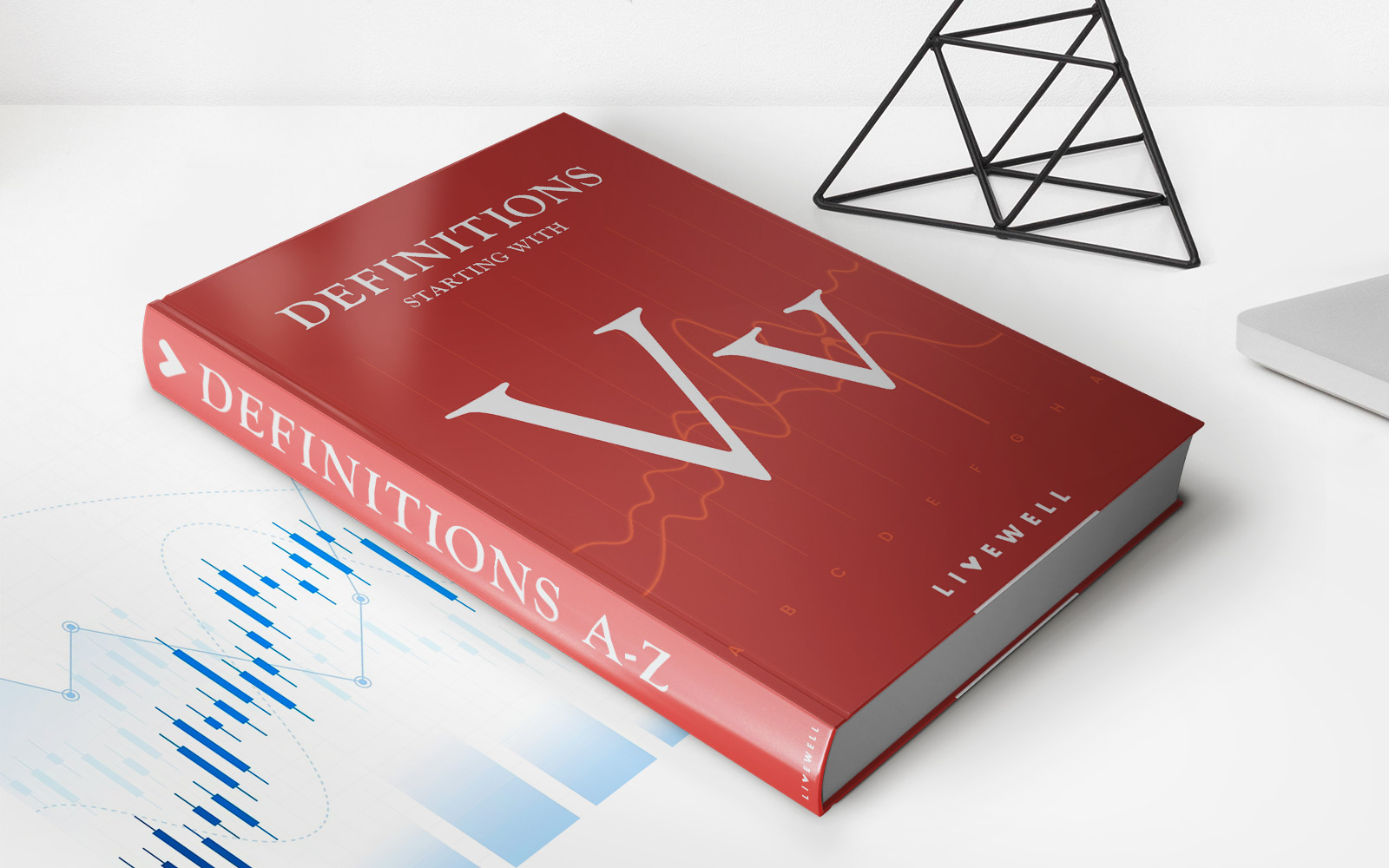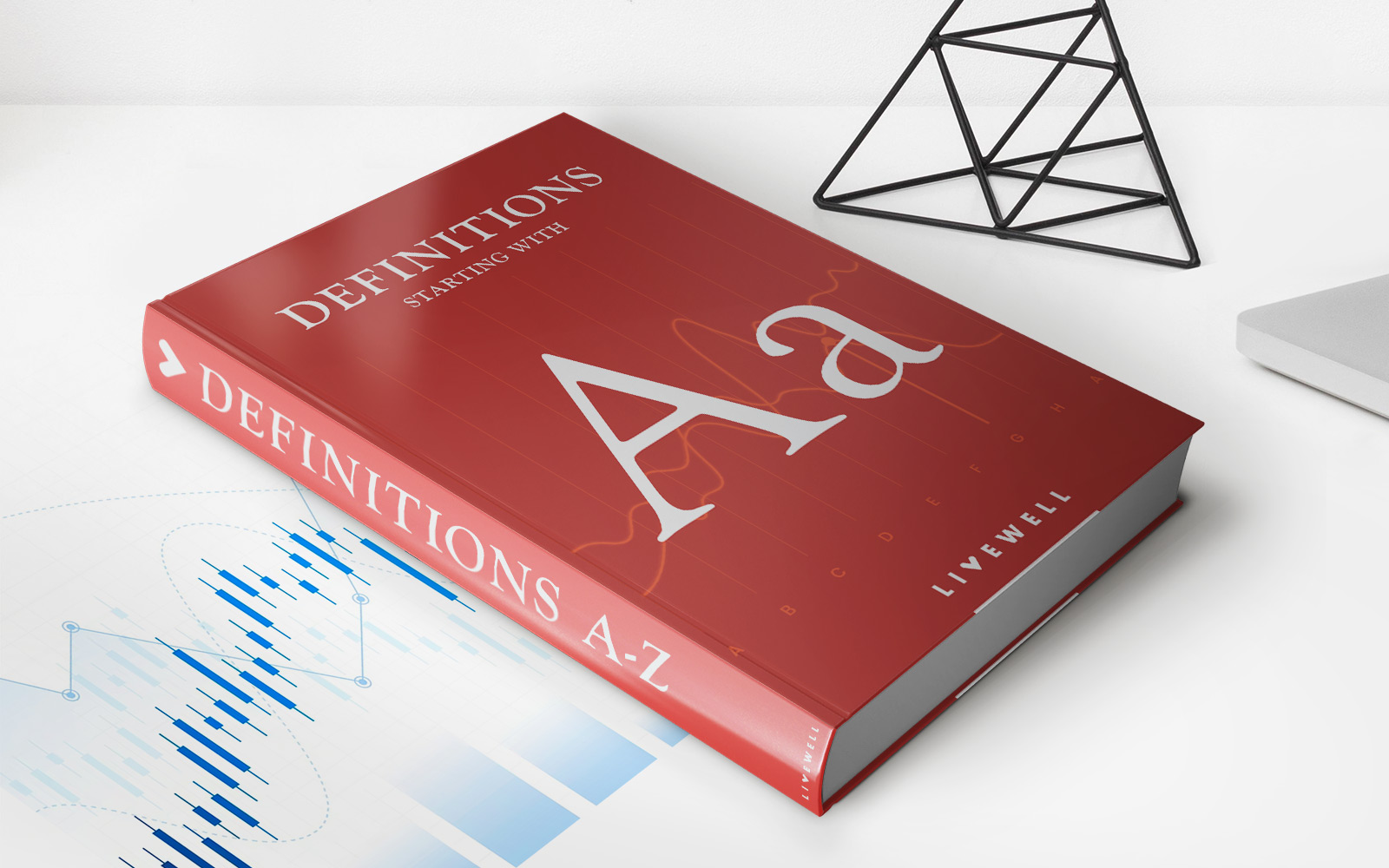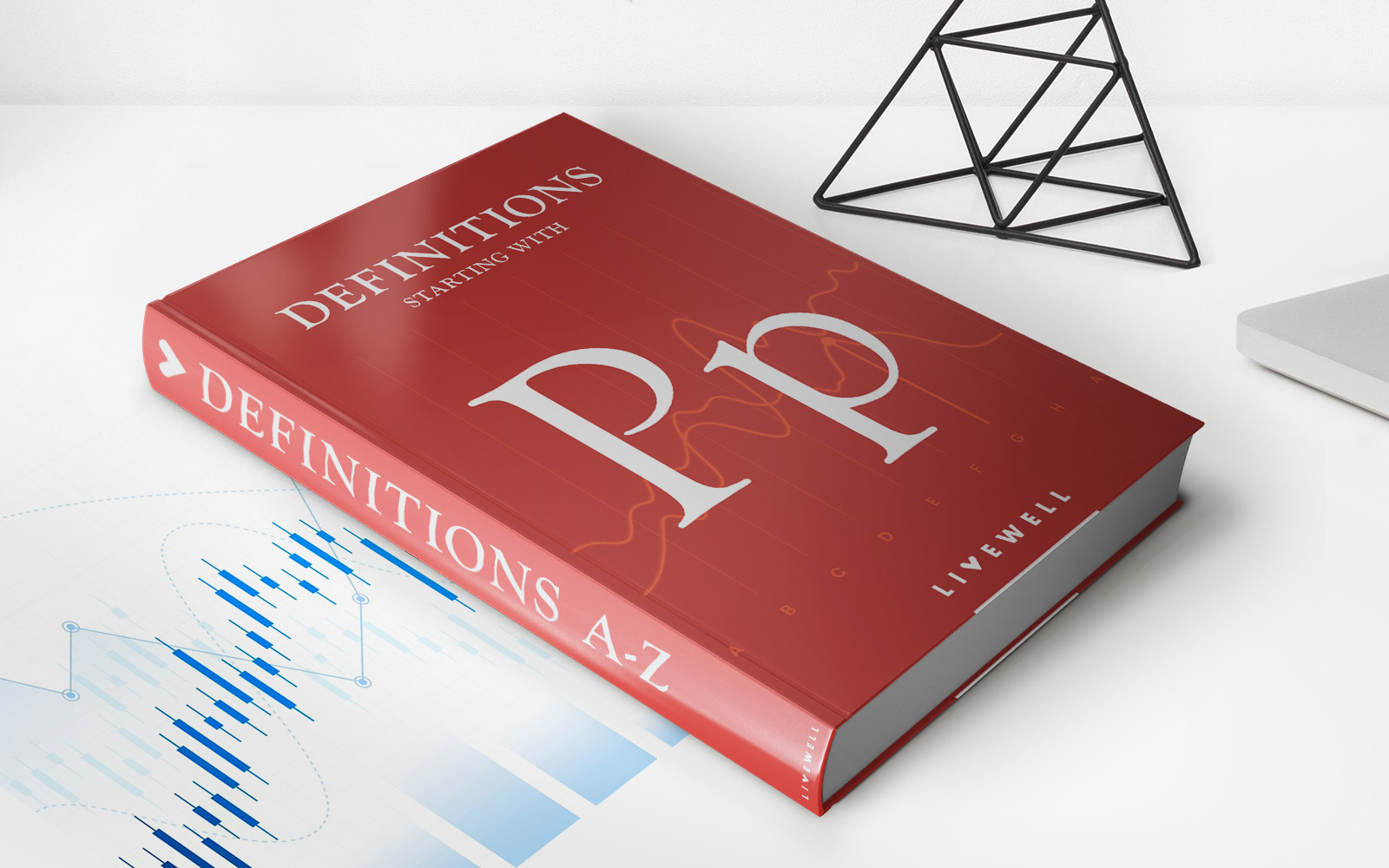Home>Finance>Student Loan Forgiveness: What If I Already Paid


Finance
Student Loan Forgiveness: What If I Already Paid
Published: November 3, 2023
Learn about student loan forgiveness options in the finance field and find out what happens if you've already made payments towards your loan.
(Many of the links in this article redirect to a specific reviewed product. Your purchase of these products through affiliate links helps to generate commission for LiveWell, at no extra cost. Learn more)
Table of Contents
Introduction
Student loans have become a common financial burden for many individuals pursuing higher education. The rising costs of tuition, coupled with the increasing interest rates, have made it challenging for students to repay their loans in a timely manner. To alleviate this burden, students often explore various avenues for student loan forgiveness programs.
However, what if you are one of the responsible borrowers who diligently paid off your student loans? Is there any recourse for individuals who have already made substantial payments towards their student loans?
In this article, we will explore the options available for individuals who have already paid a significant portion of their student loans and whether they can benefit from existing student loan forgiveness programs.
Before diving into the specifics, it’s important to understand the concept of student loan forgiveness and how it works. Student loan forgiveness is a process in which a portion or the entire outstanding student loan balance is forgiven or discharged, typically after meeting certain eligibility criteria. This can provide much-needed relief for borrowers, allowing them to start their financial journey with a clean slate.
However, the issue arises for those borrowers who have already made substantial payments towards their student loans. It can be disheartening to see others potentially qualify for loan forgiveness while feeling like your efforts have gone unnoticed.
Fortunately, there are circumstances where individuals who have already paid their student loans may have opportunities for relief. In this article, we will explore these possibilities and shed light on the various federal loan forgiveness programs available.
Understanding Student Loan Forgiveness
Student loan forgiveness programs have gained popularity in recent years as a way to alleviate the burden of student loan debt. These programs offer various options for borrowers to have a portion or the entirety of their loan balance forgiven, depending on their specific circumstances.
It’s important to note that student loan forgiveness is not a one-size-fits-all solution. Different programs have different eligibility requirements, criteria, and benefits. Understanding the nuances of each program can help borrowers determine if they qualify and which program is most suitable for their situation.
One common type of student loan forgiveness is the Public Service Loan Forgiveness (PSLF) program, which is designed for individuals working in public service or nonprofit organizations. To qualify for PSLF, borrowers must have made 120 qualifying payments while employed full-time by a qualifying employer. After meeting these requirements, the remaining loan balance can be forgiven.
Another option is income-driven repayment (IDR) plans, which allow borrowers to make monthly payments based on their income and family size. Under IDR plans, remaining loan balances are eligible for forgiveness after 20 or 25 years, depending on the specific plan. It’s important to note that tax may be owed on the forgiven amount under these plans.
Aside from these specific programs, there may also be loan forgiveness options for teachers, healthcare professionals, and individuals serving in the military. Each program has its own set of requirements and benefits, so it’s crucial for borrowers to research and determine if they qualify.
However, what about individuals who have already made significant payments towards their student loans? Can they still benefit from these forgiveness programs?
Fortunately, there are circumstances where borrowers who have already paid off a portion of their loans may still be eligible for forgiveness or other repayment options. The next section will explore these situations and potential avenues for relief.
Circumstances for Already Paid Student Loans
If you have already paid off a substantial portion of your student loans, you may wonder if there are any options for you to receive forgiveness or reimbursement for the payments you have made. While the specific circumstances can vary depending on the loan forgiveness program and the type of loans you have, there are a few scenarios where you may still be able to benefit.
1. Loan Forgiveness Retroactively Applied: In some cases, if you were making payments on qualifying loans while working in a public service or nonprofit organization, you may be eligible for retroactive loan forgiveness. This means that if you meet the criteria for Public Service Loan Forgiveness (PSLF) after already fulfilling the requirements, you could potentially have your previously paid amounts refunded or credited toward future payments.
2. Consolidation or Re-financing Options: If you have already paid off a significant amount of your student loans, you may consider consolidating or refinancing your loans to evaluate new repayment options. This could potentially lower your interest rate or change your repayment terms, making your loans more manageable.
3. State-Based Loan Forgiveness Programs: Some states offer their own loan forgiveness programs for residents. These programs may have different eligibility requirements and benefits compared to federal programs. It’s worth checking if your state offers any loan forgiveness options for individuals who have already paid off a portion of their student loans.
4. Tax Benefits: While it may not directly refund previously paid amounts, it’s essential to consider the potential tax benefits of student loan interest deductions. Depending on your income and filing status, you may be eligible to deduct a portion of your student loan interest on your federal tax return, reducing your overall tax liability.
It is crucial to thoroughly research and understand the specific circumstances and requirements of each loan forgiveness program. Additionally, consulting with a financial advisor or student loan expert can provide valuable insights personalized to your situation and help determine the best course of action.
Although there may not be direct reimbursement options for individuals who have already paid off their student loans, these alternative avenues can still provide some relief and potentially improve your financial situation.
Federal Loan Forgiveness Programs
The federal government offers several loan forgiveness programs aimed at assisting borrowers in managing their student loan debt. These programs have specific eligibility criteria and benefits that borrowers should be familiar with. While the details of each program are beyond the scope of this article, here are some key federal loan forgiveness programs to consider:
- Public Service Loan Forgiveness (PSLF): This program is designed for individuals working full-time in public service or eligible nonprofit organizations. Borrowers who make 120 qualifying payments while employed by a qualifying employer may be eligible for loan forgiveness. Eligible loans include Direct Loans and Direct Consolidation Loans.
- Teacher Loan Forgiveness: This program is targeted at teachers who work in low-income schools or educational service agencies. Teachers who have been employed for five consecutive years may be eligible for loan forgiveness of up to $17,500 on Direct Subsidized and Unsubsidized Loans, as well as Subsidized and Unsubsidized Federal Stafford Loans.
- Income-Driven Repayment (IDR) Forgiveness: Under income-driven repayment plans such as Income-Based Repayment (IBR), Pay As You Earn (PAYE), and Revised Pay As You Earn (REPAYE), borrowers may be eligible for loan forgiveness after making a certain number of payments (usually 20 or 25 years) based on their income and family size. The forgiven amount can be subject to income tax.
- Closed School Discharge: If a borrower’s school closes while they are enrolled or shortly after they withdraw, they may be eligible for loan discharge. This program applies to Direct Loans, Federal Family Education Loans (FFEL), and Perkins Loans.
- Disability Discharge: Borrowers who are totally and permanently disabled may qualify for loan discharge. The process involves providing documentation of disability through the U.S. Department of Veterans Affairs (VA) or the Social Security Administration (SSA).
- Military Service Loan Forgiveness: Members of the military may be eligible for loan forgiveness through programs such as the Military College Loan Repayment Program, the National Guard Student Loan Repayment Program, or the Navy Loan Repayment Program. These programs provide partial or full loan repayment in exchange for military service.
It’s important to note that each federal loan forgiveness program has specific requirements and conditions. It is advisable to visit the official websites of these programs or consult with a student loan expert for detailed information and guidance tailored to your circumstances.
Understanding the available federal loan forgiveness programs can provide borrowers with a roadmap to managing their student loan debt and potentially qualifying for loan forgiveness or repayment options.
Options for Refunding Already Paid Loans
If you have already paid off a significant portion of your student loans, you may wonder if there are any options for refunding or recouping the amounts you have already paid. While direct reimbursement for already paid loans is generally unavailable, there are alternative options that can provide some relief in certain circumstances:
- Loan consolidation: If you have multiple student loans, consolidating them into a single loan can potentially lower your monthly payments and provide more manageable repayment terms. This can free up some cash flow and make your loan payments more affordable.
- Refinancing: Refinancing your student loans involves obtaining a new loan with better terms, such as a lower interest rate or longer repayment period. This can help reduce your monthly payments and free up funds for other financial obligations.
- Income-driven repayment plans: If you are struggling to make your loan payments, you may be eligible for income-driven repayment plans that calculate your monthly payment based on your income and family size. These plans can provide more affordable payment options, potentially freeing up funds in your budget.
- Seeking forgiveness through alternative programs: While federal loan forgiveness programs may not directly refund previously paid amounts, there may be alternative forgiveness programs available that are specific to certain professions or industries. For example, certain healthcare professionals, teachers, or individuals working in public service may qualify for loan forgiveness programs that apply to the field in which they work.
- Consulting with loan servicers and experts: It can be beneficial to reach out to your loan servicer or consult with a student loan expert to explore all the possible options available to you. They can provide personalized advice based on your specific circumstances, helping you navigate through the complexities of loan repayment and potentially find solutions that provide relief.
While direct reimbursement for already paid loans might not be possible, these options can help alleviate the financial burden of student loan repayment. By exploring different repayment and forgiveness options, you can potentially find a solution that suits your needs and improves your overall financial situation.
Evaluating the Benefits and Consequences
When considering whether to pursue loan forgiveness or other repayment options for already paid student loans, it’s crucial to evaluate the benefits and consequences of each course of action. Here are some factors to consider:
Benefits:
- Financial Relief: Loan forgiveness or alternative repayment options can provide much-needed financial relief, freeing up funds for other important expenses or saving for the future.
- Reduced Monthly Payments: Consolidating or refinancing your loans can potentially lower your monthly payments, making them more manageable based on your current financial situation.
- Improved Credit Score: Successfully navigating loan forgiveness or alternative repayment options can positively impact your credit score, making it easier to secure future loans or credit.
- Elimination of Debt: Loan forgiveness programs can completely eliminate your outstanding student loan balance, allowing you to start anew without the burden of debt hanging over your head.
Consequences:
- Extended Repayment Period: Participating in loan forgiveness programs may extend the repayment period, resulting in more accumulated interest over time.
- Potential Tax Implications: Depending on the forgiveness program, the amount forgiven may be taxable as income, resulting in an additional tax liability.
- Eligibility Requirements: Loan forgiveness programs often have strict eligibility criteria, meaning not all borrowers may qualify.
- Impact on Retirement Savings: Extending the repayment period or focusing on loan forgiveness may divert funds away from retirement savings, potentially affecting your long-term financial future.
It is important to carefully consider these factors and assess your individual circumstances before deciding on a course of action. Take into account your financial goals, current income, long-term plans, and any potential career changes that could impact eligibility for specific loan forgiveness programs.
Additionally, staying informed and regularly reviewing any changes or updates to loan forgiveness programs can ensure that you are aware of new opportunities or requirements that may arise.
Consulting with a financial advisor or student loan expert is advisable to receive personalized guidance based on your unique situation. They can help you weigh the benefits and consequences and make an informed decision regarding your already paid student loans.
Conclusion
When it comes to student loan forgiveness programs, those who have already paid off a significant portion of their loans may wonder if they have missed out on potential benefits. While direct reimbursement for already paid loans is generally unavailable, there are still options available for borrowers in this situation.
Understanding the various federal loan forgiveness programs, such as Public Service Loan Forgiveness (PSLF), Teacher Loan Forgiveness, and income-driven repayment plans, can provide insights into potential avenues for relief. While these programs may not offer direct reimbursement, they can help alleviate the financial burden of student loan repayment through forgiveness or more manageable repayment terms.
Exploring other alternatives, such as loan consolidation, refinancing, or seeking forgiveness through industry-specific programs, can also provide assistance to borrowers who have already made significant payments towards their student loans.
It is essential to carefully evaluate the benefits and consequences of each option. While loan forgiveness programs can offer financial relief, extended repayment periods and potential tax implications should be considered. Consulting with loan servicers or experts can provide valuable personalized advice tailored to individual circumstances, helping borrowers navigate the complexities of loan repayment.
Ultimately, the key is to weigh the potential benefits against possible consequences and consider long-term financial goals. While direct reimbursement for already paid loans may not be available, exploring alternative options and finding relief through loan forgiveness or other repayment solutions can help borrowers manage their student loan debt and build a stronger financial foundation for the future.
By staying informed, proactive, and seeking guidance when needed, borrowers can make informed decisions and take steps towards achieving financial freedom, even if they have already paid off a significant portion of their student loans.














